“We are one people, we are called Scandinavians!”
Hans Christen Andersen, 1838
When Hans Christen Andersen wrote his poem by this name in the late 1830s, he was celebrating his first visit to Scandinavia. He was smitten by the Norwegian, Danish and Swedish people he met, and he was swept up by a new student-led movement uniting them as one people.

My Interest

As a young man, my parents were friends with a guy who I thought was one of Omaha’s proudest Sons of Norway, John Stokke. John was an assistant scoutmaster of my Boy Scout troop at Pearl Church, and hung around our house a lot. Every now and then he’d speak some olden Norwegian words and incant Norse gods, and with the long hair of a Viking raider the boys in our scout troop would be smitten by his campfire stories.
I guess it was somewhere between John’s presence in my life, the Viking Ship, my alma mater North High School’s Viking mascot, and the dozens of other subtle reminders around North Omaha that I developed an awareness of the Scandinavian presence in North Omaha. I am not Scandinavian myself, and don’t have those roots. In my 30s, I shopped at IKEA and my dad drove Volvos for a while, but I don’t have any real roots in the realm of the vikings.
Here’s my scan of the Scandinavian people of North Omaha.
The Beginning
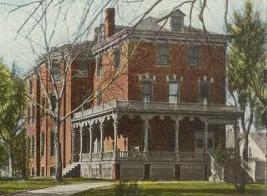
Historians agree the first substantive numbers of Scandinavians came through the Omaha area as early as the 1846 Mormon migration to Utah. That year, thousands of Mormons settled a small town called Winter Quarters, including streets and houses, shacks and stores. For the next three years, Mormons from across northern Europe and the eastern U.S. poured through the area, with a few staying and many leaving. They included Swedes, Danes and Norwegians who’d immigrated for their new religion. Apparently, a large percentage of the Scandinavians traveling with the Mormons were people who’d helped the Mormons survive their persecutions in other places, and were invited to travel along with them to Utah.
In the 1860s, the Union Pacific established its shops north of downtown Omaha, and Scandinavians came to work there.
Like many other European ethnic immigrants, a lot of Scandinavians passed through Omaha. They’d see the brass buffalo that was above the Union Pacific bridge over the Missouri River, and they knew they were moving on. As the Omaha Railroad plied westward, Scandinavian towns were established across Nebraska. They included Axtell, Dannebrog, Dannevirke, Gothenburg, Holdrege, Malmo, Mead, Newman Grove, Nysted, Oakland, Ord, Pender, Pilger, Stromsburg, Swedeburg, Wakefield, and Wausa.
By far though, the largest populations to settle in Nebraska were in North Omaha. Scandinavians also had homes in other parts of Omaha, but between 1860 and 1919, the vast majority lived north of Dodge and west of North 30th Street. By 1880, the population of Scandinavians in Omaha was around 2,500, including Swedes, Norwegians and Danes. The entire population of Omaha was only 30,518, so the Scandinavians already had a significant presence.
The US Census shows Scandinavian immigration to Omaha was highest between 1890 to 1910. In 1930, almost 10% of Omaha’s population was Scandinavian-born. By then, the assimilation of Swedes, Danes and Norwegians in North Omaha was well underway.
Little Stockholm and Beyond

Despite the weak historical evidence of many Scandinavians clustered in Omaha’s neighborhoods, there was an area of the city with such a heavy concentration of Swedes that it was called “Little Stockholm”. Located in the earliest area of Omaha called the Near North Side neighborhood, it ran from North 21st to North 18th Streets, from Cass north to Cumming Streets. This immediate neighborhood lasted from around 1880 into the 1910s.
These early immigrants worked in the trades they’d learned in Scandinavia, including bricklaying, carpentry, tailoring, cement working and the dairy business. In the second generation, workers filled the Union Pacific yards and the Omaha Ford Assembly Plant.
A number of grocers and shops serving the immigrants in the Little Stockholm neighborhood, as well as houses and apartments. The Swedish Methodist Church at 515 North 18th was in the neighborhood from the 1870s through the 1910s, when it moved to North 23rd and Izard Streets. The church there was designed by architect George W. Shaffer. It was closed permanently by the late 1930s. Although it closed in 1926, the original Scandinavian Seventh Day Adventist Church building at North 18th and Cuming Streets still stands today.
Other churches originally located in Little Stockholm included Trinity Episcopal, Swedish Baptist, First Scandinavian Baptist, Mission Convenant, Swedish Salvation Army, and the Swedish Holiness Church. Other Swedish churches scattered in North Omaha included others included First and Second Swedish Baptist and the Swedish Salvation Army, among others.
Of course, other Scandinavian settlements abounded throughout Omaha. In addition to the areas in south Omaha, there was also a settlement of Danes northwest of Omaha by the little village of DeBolt. Today, their homes and farms are long gone, but another sign of their lives still exists in the form of the Danish Springwell Cemetery.
Moving North

Norwegians and Danes, as well as Swedes and others, lived up and down North 24th Street and North 16th Street, as well as all points in between throughout the Near North Side. Their movements as a community can be tracked through the changes in their religious congregations and social clubs.
Rev. Julius A. Jensen was the first pastor of the Danish Baptist Church, which was established at 2511 Decatur Street in 1888. The North Side Danish Methodist Episcopal Church was opened at 1713 North 25th Street in 1885. By 1888, the congregation was called the Norwegian-Danish Methodist Episcopal Church was formed. In 1908, they had a new church built at 2431 Decatur Street, across the street from the Danish Baptist Church.
Scandinavian businesses located in the Near North Side included Jerpe Cold Storage at North 19th and Charles Streets and the John F. Bloom Monument Company at North 17th and Cuming. There were also numerous groceries, meat and fish markets, horse shoeing, metal working and other businesses.
Other neighborhoods had Swedish, Danish and Norwegian immigrant families, too. The Pella Danish Lutheran Church was founded in 1888. Their first building was located at 2217 North 26th Street in the Long School neighborhood. In 1894, they built a new church at 2723 North 30th Street in the Omaha View neighborhood. The St. Paul Norwegian Evangelical Lutheran Church was established in South Omaha, but moved to North 26th and Hamilton in 1892. In its earliest years the congregation was combined with the Danes. Even though they celebrated the signing of the Danish Constitution they year their new building opened, the congregation didn’t last and was closed by the 1930s.
Early on, upper class Scandinavians lived north in the Kountze Place neighborhood, which one publications said had “many Swedes, some of the ‘better class’.” Other professional Scandinavian families lived in the Gifford Park neighborhood around North 36th and Cass Streets.
White Flight

Racism towards African Americans sent many Scandinavians moving from the Near North Side. As the first wave of white flight sent Scandinavians packing in the late 1910s and early 1920s, they moved to the Minne Lusa neighborhood en masse, as well as the Florence neighborhood and points west like the Central Park neighborhood and Benson.
By the time North High School was opened in 1924, it seemed natural for their mascot to be the Golden Vikings. Moving northward around the turn of the century, Swedes established churches in the Saratoga neighborhood. They included the Trinity Lutheran Church at North 25th and Ames in 1890, and the Lutheran Church of Our Redeemer at North 24th and Grand Avenue around 1914.
Its ironic that Scandinavians traveled through Winter Quarters in 1846-1848, since a century later, a number of Scandinavian descendants moved to Florence starting with the first wave of white flight from the Near North Side.
At the end of World War II, most Scandinavians in Omaha became upwardly mobile in the professions. Their successes led to the development of west Omaha beyond North 72nd Street, brought waves of new commercial and industrial development, and led to the present-day city of Omaha experiencing much of the wonder it has. One of these professionals was Birger J. Kvenild, a Norwegian architect who immigrated to Omaha at the turn of the century. He designed many houses and several buildings still standing today. Many Danes, as well as other Omahans, enjoyed their fellow countryman Ernest Nordin’s conducting after he co-founded the Omaha Symphony in the 1920s.
Perhaps the most successful Scandinavian in Omaha was Carl A. Swanson, founder of Swanson Company. Born in 1879 in Sweden, he immigrated to Omaha in 1896. In 1905, Swanson became a joint owner of the Jerpe Commission Company that I mentioned earlier, and by 1928, Swanson was the sole owner. Within a decade, Swanson’s company was one of the largest creameries in the U.S. When Swanson died on October 9, 1949, his sons, Gilbert C. and W. Clarke Swanson, took over the business.
Another Swede who started a notable business was John Engdahl, whose Engdahl Body Company was a bastion in Little Sweden long after the neighborhood was all gone. Located at North 18th and California Streets, the business was open for more than 60 years. Other Swedish businesses in Omaha included Lindwall Construction and Olsen Brothers Sheet Metal.
Swedes, Danes and Norwegians owned a variety of businesses throughout Omaha, but especially in North Omaha. There were several Danish bakers, including P. F. Petersen, who opened up a one-man bakery at North 24th and Cuming around 1887. His loafs were called Peter Pan bread, and became popular throughout the city and beyond. Danes owned a number of dairies across Omaha, too, including Alamito’s and Grobeck, as well as George Sorenson’s operation on North 72nd Street. Mayor A.V. Sorenson, a proud Dane, led the city in the mid-1960s and was founder of the Boy’s Club in Omaha.
Architecture

One of the unique stamps left by Scandinavians in North Omaha during this era was architecture. There are generally three categories of Scandinavian architecture in Omaha today:
- Structures with origins in the Scandinavian popular culture of the 19th century, including houses and churches;
- American-style period revival houses that strongly resemble of turn-of-the-century Scandinavian designs, including different elements and stylings;
- Structures that have no Scandinavian connections beyond their past owners.
These different architectural styles are present throughout North Omaha. In the “Tour of Scandinavian North Omaha” below, there are the locations of several churches, some of which can be seen in pictures above; each of these reflects one of the first two categories above. Houses in North Omaha that reflect Scandinavian elements include the following beauties.
These homes represent some of the Scandinavian architectural influence in North Omaha. Click to enlarge and for more details.
North Omaha Scandinavian Ethnic Institutions
The Danes, Norwegians and Swedes in North Omaha created several ethnic institutions to serve their people and the larger community. The area was crowded with churches, hospitals, newspapers, social clubs, the cemetery, and holidays. Following are details on each.

1. Churches
There were a lot of Christian denominations among the immigrant Scandinavians in North Omaha. As shared above, I have found churches for the Lutheran, Mission Covenant, Methodist, Mormons, Adventists, and Baptist Scandinavians, with separate congregations among the Swedish, Norwegians and Danish.
North Omaha’s churches held their own folk schools, especially among the Danish, where it was a tradition stemming from the mid-1800s. Folk schools were alternative learning spaces where cultural traditions and stories were passed along, as well as trades, history and other community information.
As the North Omaha community evolved and white people moved away from the older neighborhoods, some Scandinavian congregations folded, others merged and still others moved. Swedish immigrants started Ebenezer Lutheran Church in Florence in 1903, with Rev. C.E. Elving bringing together just twelve members. The church building was moved from Omaha and rebuilt on the site, but when Florence was struck by an economic downtown in 1915 the church closed permenantly.
Even as they stopped speaking their mother tongues, some Scandinavian immigrants continued with traditions from the old world, and still do today today. The Swedes in North Omaha are particularly successful at doing that still, including at Augustana Lutheran Church at 3647 Lafayette Avenue in the Bemis Park neighborhood, and Trinity Lutheran Church at 6340 North 30th Street in the Miller Park neighborhood.
When these congregations gathered at Vennelyst Park or in their churches, smorrebord, rulleplose, roskilde landevej and more traditional foods were surely served. There were also rodkal, fleskstej, firikadeller and other snacks.
Little Stockholm Churches
According to research by Bob Greenwall of Stromsburg, Nebraska, North 18th Street in Little Stockholm was lined with churches to serve Scandinavians. There were other churches in the neighborhood, too. I have elaborated on his findings in the following list.
- Swedish Emmanuel Lutheran Church, North 19th and Cass Street
- First Mission Church, North 17th and Capitol Avenue
- First Scandinavian Baptist Church, North 14th and Davenport Street
- Swedish Baptist Church, North 18th and Webster Streets
- Swedish Methodist Church, North 18th and Cass Streets
- Mission Covenant Church, 2202 Davenport Street
- Scandinavian Seventh Day Adventist Church, 1801 Cuming Street
- Holy Family Catholic Church, 1715 Izard Street
- Swedish Episcopal Church, North 19th and Burt Street
- Swedish Salvation Army Church, North 20th and Burt Street
- Anybody’s Mission, North 16th and Chicago Streets
Scandinavian churches in North Omaha (click to enlarge and for more info)
2. Hospitals
Perhaps the largest Scandinavian institution in North Omaha was the Immanuel Deaconess Institute, including a hospital, nursing school and much more, was founded by Swedish Lutherans in North Omaha. It was at North 34th and Larimore Streets from 1889 to 1976, then moved.
The Swedish Mission Hospital was founded by Swedish Evangelicals, and later renamed the Evangelical Covenant Hospital. It was at N. 24th and Pratt from 1906 to 1938, then closed. Affiliated with the Evangelical church, it folded from a lack of fiscal support during the Great Depression.
3. Newspapers
Another institution in Omaha that a lot of North Omaha Danes were attached to was Den Danske Pioneer, a Danish language newspaper founded in Omaha in 1872 by Carl Hansen. Sophus Neble, who bought the paper from Hansen, turned it into a thoroughly revolutionary rag. Discovering that many of his subscribers sent the paper back to the old country, Neble started writing anti-monarchy editorials and antagonizing the government in Denmark. His writing was so inflammatory that after the paper was banned from being mailed to the country and it was still sent, the Danish government implored the U.S. to stop mailing it. Their plan worked, but after a decade in the 1890s, more than 20,000 Danish farmers across the nation subscribed to it.
John P. Jerpe, whose other company I mentioned earlier, printed a Swedish language newspaper called the Omaha Posten. There were other Scandinavian language newspapers printed in Omaha, too.
4. Social Clubs
The Vennelyst were formed as a horticultural society in Denmark in the 1890s. In 1934, a fraternal group called the Danish Venneforening opened a 21-acre picnic spot in Florence with a massive dance floor and a crowd of 20,000 people on July 4th. Today, it is owned by a group called the Danish American Society of Omaha and is used primarily as a rental hall. Named the Danish Vennelyst Park, the grounds and the hall are kept in good condition. Keeping in line with its heritage, the society held celebrations for Denmark’s Constitution Day, called Grunlobsdag, annually for a long time.
In 1909, a business group called the Noon Day Scandinavian Club was started. For decades afterwards, they hosted the Viking Fest, a Christmas smörgåsbord, a Pea Soup supper, and an annual banquet.
One of the Scandinavian fraternal organizations in North Omaha included the Danish Brotherhood in America, which was founded in Omaha in 1882. A building was designed for them by architects Teig and Johnson in 1966, and was designed by Edward J. Sessinghaus. It was built on Leavenworth Street, and in 2016 it was placed on the National Register of Historic Places. Surely a lot of members came from North Omaha.
There’s no doubt that the location of Little Stockholm influenced the location of the Swedish Auditorium at North 16th and Chicago, which was built in 1913. As well as hosting lodge rooms for Swedish fraternal groups and “club apartments,” the auditorium was notorious for big dinners and lunches filled with lutefisk, potatiskorv, rog brod, pickled tongue, head cheese and ostakaka to suit their kinfolk.
5. Cemetery
A local farmer named Lars Jocumsen was buried under an obelisk in 1868 on a hill north and west of Omaha. In 1889, a group of local Danes formally commissioned a 10-acre plot there as the Springwell Danish Cemetery. Today, one of the most notable Omaha Danes buried there Springwell Cemetery is Sophus Neble, who ran Den Danske Pioneer. There are grave markers in Danish and icons from the old country. To help preserve the space, it was designated an Omaha Landmark in 1996.

6. Holidays
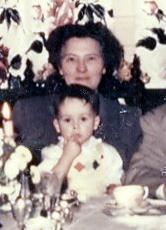
In all of the neighborhoods and institutions mentioned here, there were several holidays that were celebrated throughout North Omaha’s Scandinavian community. Using the churches, the Swedish Auditorium and other institutions, Norwegians and Danes and Swedes embraced their holidays mightily, and some still do!
Sankta Lucia, or Saint Lucy, was a holiday celebrated in the Scandinavian churches throughout North Omaha and at the Swedish Auditorium. Early in their time here, these immigrants sent their girls dressed as Lucy to carry sweet rolls and cookies in a procession through churches or at the Swedish Auditorium, all while songs from the old country were sung. Saint Lucy would come to all the good kids houses on December 13 to give gifts to the kids. In the U.S., stories were told, Christmas traditions were shared, and some of the favorite snacks were shared with the family.
Another traditional holiday in early North Omaha was called Midsommar by the Swedes; Sankthans by the Danish; and Sankthansaften or Jonsok by the Norwegians. This celebration included singing and dancing around a maypole, and was an activity that attracted families and neighborhoods. Early on in Little Stolkhom and throughout the community, there was greenery placed over houses to bring good fortune and health. Celebrated in June for thousands of years, the holiday harbors good sentiment for the growing season, for healing and for romance, among other traditional purposes.
Assimilation
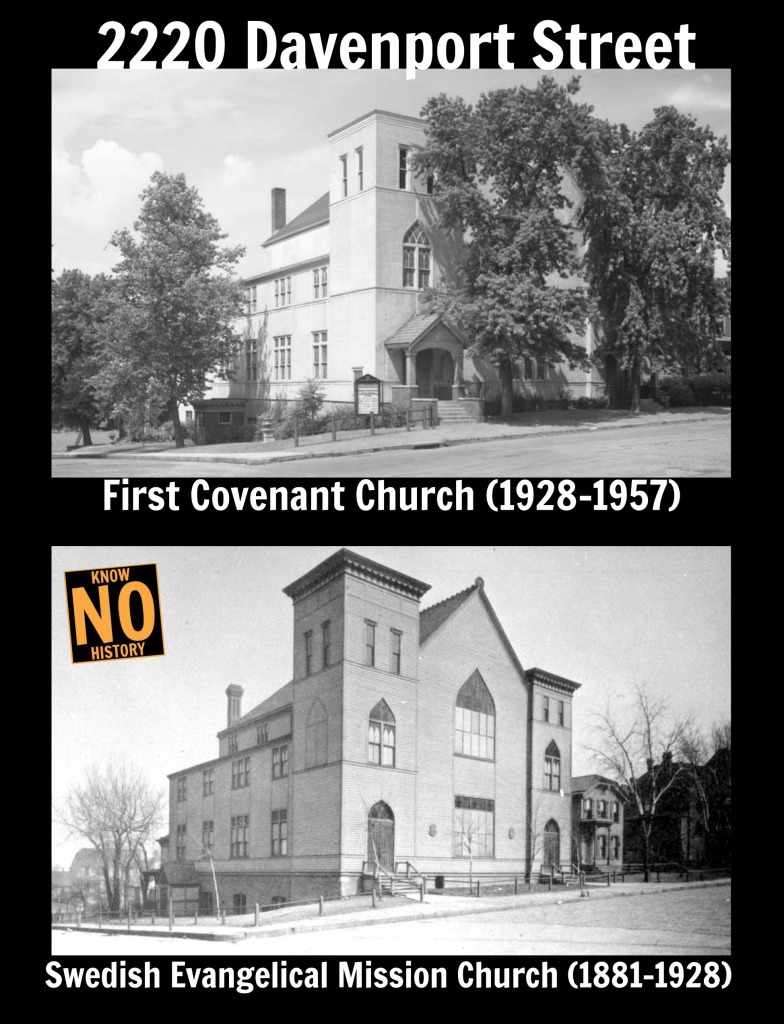
Reports by the federal government in the late 1930s noted how successfully Scandinavians assimilated into American culture. Throughout the 20th century, several institutions faded and closed.
Churches were one of the first to surrender or otherwise loose their Scandinavian identities, or simply close. As early as 1928, there was a big announcement in the Omaha World-Herald reported that the Swedish Evangelical Mission Church, founded in 1881, was changing its name to First Covenant Church and switching all services to English-speaking only. The Danish Baptist Church at 2511 Decatur Street was demolished by the 1930s. The Pella Danish Lutheran Church sold their building at North 30th and Corby to Hope Lutheran Church in 1946, and Pella went west to 41st and Leavenworth.
The Swedish Auditorium was demolished in 1976. The Immanuel Deaconess institution at North 34th and Larimore was abandoned in 1976, and is almost completely demolished and replaced with housing today. Den Danske Pioneer ran from Omaha until 1958, when it moved to Chicago.
The Swedish family behind Swanson’s sold their business to Campbell’s Soup Company in 1955, which moved the operations out of Omaha.
The Scandinavian identity is still being lost. The Dana College, founded by the Danes of Omaha in Blair in 2010. The neighboring Trinity Lutheran Seminary, which was supported by Omaha’s Swedish community, left Nebraska to merge with another seminary in 1960.
Things Continue

However, there are still markers around for people who want to see them. The Springwell Danish Cemetery in North Omaha is still open. Located at 3717 Harney Street, the Danish Brotherhood in America headquarters is listed on the National Register of Historic Places. Today, the association has about 8,000 members, and according to the U.S. Census from 2000, there are more Americans claiming Danish ancestry in Omaha than in any other city in the country. Even Den Danske Pioneer is still published, and even though its not in Omaha anymore, The Danish Pioneer continues to be revered across the United States and beyond.
Although they moved from Little Stockholm in the 1950s, the First Covenant Church has continued existing and has maintained a successful church in west Omaha since then.
Built in 1964, the Omaha Public Library W. Clarke Swanson Branch at 91st and Dodge Streets was named after the son of Swede Carl A. Swanson.
My scan has shown me that North Omaha is surely the root of much of Omaha’s Scandinavian heritage. Only the future will show whether it gets the credit it deserves.
A Tour of Scandinavian North Omaha
There are several historical sites and locations in North Omaha associated with its historic Norwegian, Danish and Swedish immigrant cultures. Following are some of them:
- Springwell Danish Cemetery, 6326 Hartman Avenue, 1868 to present
- J. F. Bloom Company, (1879-present) Florence Boulevard and Ames Ave.
- Danish Vennelyst Park, North 31st and Howell Streets, 1934 to present
- Augustana Swedish Lutheran Church at 3647 Lafayette Avenue, 1936 to present
- Trinity Lutheran Church, 6340 North 30th Street, 1890 to present
- Norwegian-Danish Methodist Episcopal Church, originally located on N. 26th and Seward Streets. Founded in 1885, the original church was here until 1910.
- Norwegian-Danish Methodist Episcopal Church, 2431 Decatur Street, still standing. Its now the Cleaves Temple CME Church, and has stood from 1910 to present.
- Pella Danish Lutheran Church, North 30th and Corby Streets. It is now Hope Lutheran Church LCMS, and has stood since 1894.
- Swedish Lutheran Church of Our Redeemer at North 24th and Larimore is now Iglesia Pentecostes Roca de Salvacion. It has stood since 1906.
- Scandinavian Seventh Day Adventist Church (1906-1926), N. 18th and Cuming Street, still standing.
- Site of the Swedish Evangelical Mission Church (1881-1928) First Covenant Church (1928-1957) at 2220 Davenport Street.
- Site of Immanuel Deaconess Institute at N. 34th and Larimore. It operated there from 1889 to 1976.
- Site of Swedish Mission Hospital, N. 24th and Pratt. It operated from 1906 to 1938.
- Site of Swedish Auditorium, 1611 Chicago Street. It stood from 1913 to 1976.
- Site of Swedish Methodist Church, 23rd and Izard. It was demolished in the 1930s.
- Site of Trinity Swedish Lutheran Church, 25th and Ames. It stood until the 1930s.
- Norwegian-Danish Evangelical Lutheran Church, N. 26th and Grant Streets. It opened in 1894 and became the North Side Christian Church by 1901.
- North Side Danish Methodist Episcopal Church, 1713 North 25th Street. It was demolished.
- Site of Danish Baptist Church, 2511 Decatur Street. It was demolished.
- St. Paul Norwegian Evangelical Lutheran Church, N. 26th and Hamilton Street. Opened in 1888, it lasted into the 1930s.
You Might Like…
- A History of Omaha’s Cuming Street
- A History of Omaha’s North 24th Street
- A History of DeBolt, Nebraska
- A History of the Danish Vennelyst Park
- A History of J.F. Bloom and Company
MY ARTICLES ABOUT THE HISTORY OF OMAHA’S NEAR NORTH SIDE
GROUPS: Black People | Jews and African Americans | Jews | Hungarians | Scandinavians | Chinese | Italians
EVENTS: Redlining | North Omaha Riots | Stone Soul Picnic | Native Omaha Days Festival
BUSINESSES: Club Harlem | Dreamland Ballroom | Omaha Star Office | 2621 North 16th Street | Calhoun Hotel | Warden Hotel | Willis Hotel | Broadview Hotel | Carter’s Cafe | Live Wire Cafe | Fair Deal Cafe | Metoyer’s BBQ | Skeet’s | Storz Brewery | 24th Street Dairy Queen | 1324 N. 24th St. | Ritz Theater | Alhambra Theater | 2410 Lake Street | Carver Savings and Loan Association | Blue Lion Center | 9 Center Variety Store | Bali-Hi Lounge
CHURCHES: St. John’s AME Church | Zion Baptist Church | Mt. Moriah Baptist Church | St. Philip Episcopal Church | St. Benedict Catholic Parish | Holy Family Catholic Church | Bethel AME Church | Cleaves Temple CME Church | North 24th Street Worship Center
HOMES: A History of | Logan Fontenelle Housing Projects | The Sherman | The Climmie | Ernie Chambers Court aka Strelow Apartments | Hillcrest Mansion | Governor Saunders Mansion | Memmen Apartments
SCHOOLS: Kellom | Lake | Long | Cass Street | Izard Street | Dodge Street
ORGANIZATIONS: Red Dot Athletic Club | Omaha Colored Baseball League | Omaha Rockets | YMCA | Midwest Athletic Club | Charles Street Bicycle Park | DePorres Club | NWCA | Elks Hall and Iroquois Lodge 92 | American Legion Post #30 | Bryant Resource Center | People’s Hospital | Bryant Center
NEIGHBORHOODS: Long School | Logan Fontenelle Projects | Kellom Heights | Conestoga | 24th and Lake | 20th and Lake | Charles Street Projects
INDIVIDUALS: Edwin Overall | Rev. Russel Taylor | Rev. Anna R. Woodbey | Rev. Dr. John Albert Williams | Rev. John Adams, Sr. | Dr. William W. Peebles | Dr. Craig Morris | Dr. John A. Singleton, DDS | Dr. Aaron M. McMillan | Mildred Brown | Dr. Marguerita Washington | Eugene Skinner | Dr. Matthew O. Ricketts | Helen Mahammitt | Cathy Hughes | Florentine Pinkston | Amos P. Scruggs | Nathaniel Hunter | Bertha Calloway
OTHER: 26th and Lake Streetcar Shop | Webster Telephone Exchange Building | Kellom Pool | Circus Grounds | Ak-Sar-Ben Den
Elsewhere Online
- Danish Vennelyst Park, North Omaha
- Augustana Lutheran Church, North Omaha
- Trinity Lutheran Church, North Omaha
- J. F. Bloom and Company, North Omaha
- Museum of Danish America, Elk Horn, Iowa
- Swedish Heritage Center, Oakland, Nebraska
- Danish American Archive & Library, Blair
- Stromsburg Midsommar Swedish Festival
- Swedish Days at the Nebraska Prairie Museum, Holdrege, Nebraska
- Little Scandinavia, a shop in Elkhorn
- The Danish Pioneer newspaper
- Swedish Immigrant Churches in Omaha from Dalakarl.com
Sources
- Joseph Alexis, (January 22, 1914) “Swedes in Nebraska“, Nebraska State Historical Society.
- “Swedish churches in Omaha: Sites and survivals. Beda Englund as interviewed by the Swedish Cultural Committee” from Dalakarl.com
- North High School: A Diamond Anniversary History
- “Alexander Sorenson,” (May 15, 1982) The New York Times.
- Lennart Setterdahl. (2007) Early Omaha Swedish Immigrant Families: A New Beginning. Omaha, NE: The Swedish Cultural Committee, Omaha, Nebraska, 2007. 20 interview with Swedes and Swedish descendants in Omaha.
- Swedish Council of America
- Thomas L. Carter, “Danish architecture” Encyclopedia of the Great Plains.
- David J. Wishart, ed. “Swedish Architecture“, Encyclopedia of the Great Plains.
- (1996) Springwell Danish Cemetery Application to the National Register of Historic Places.
BONUS PIC!

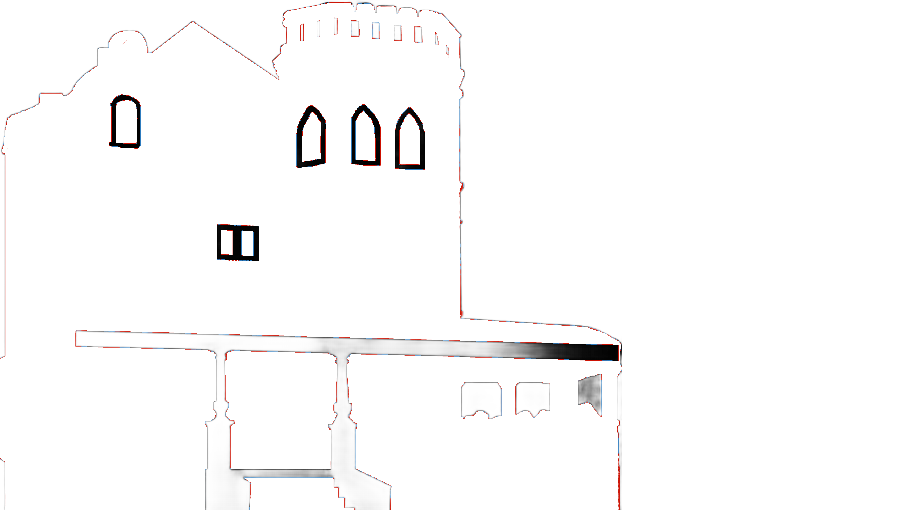










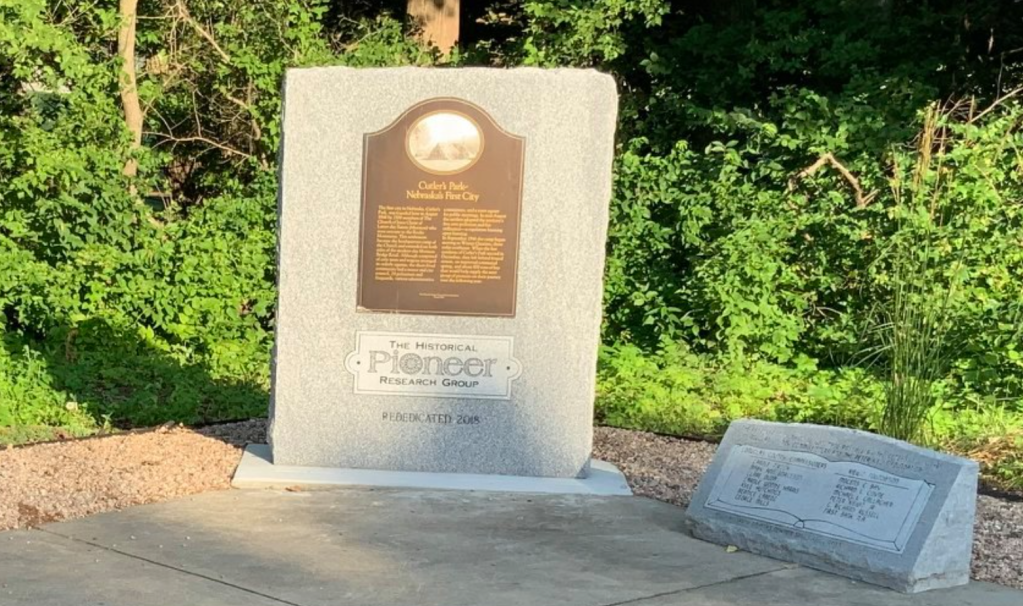
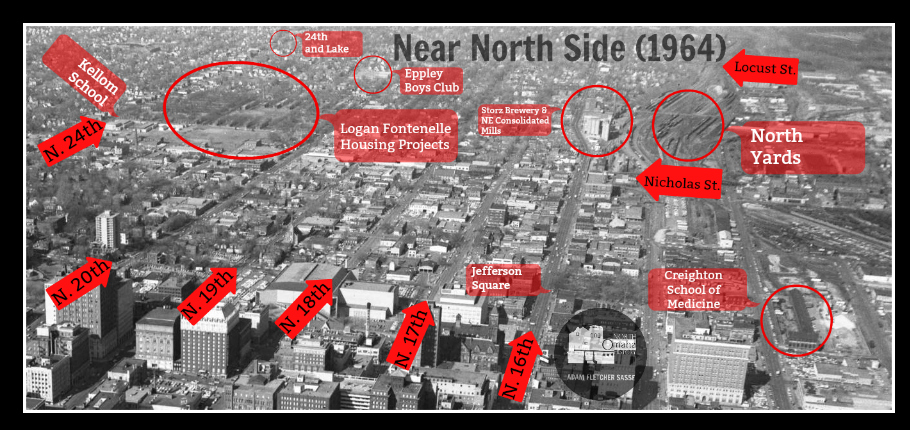

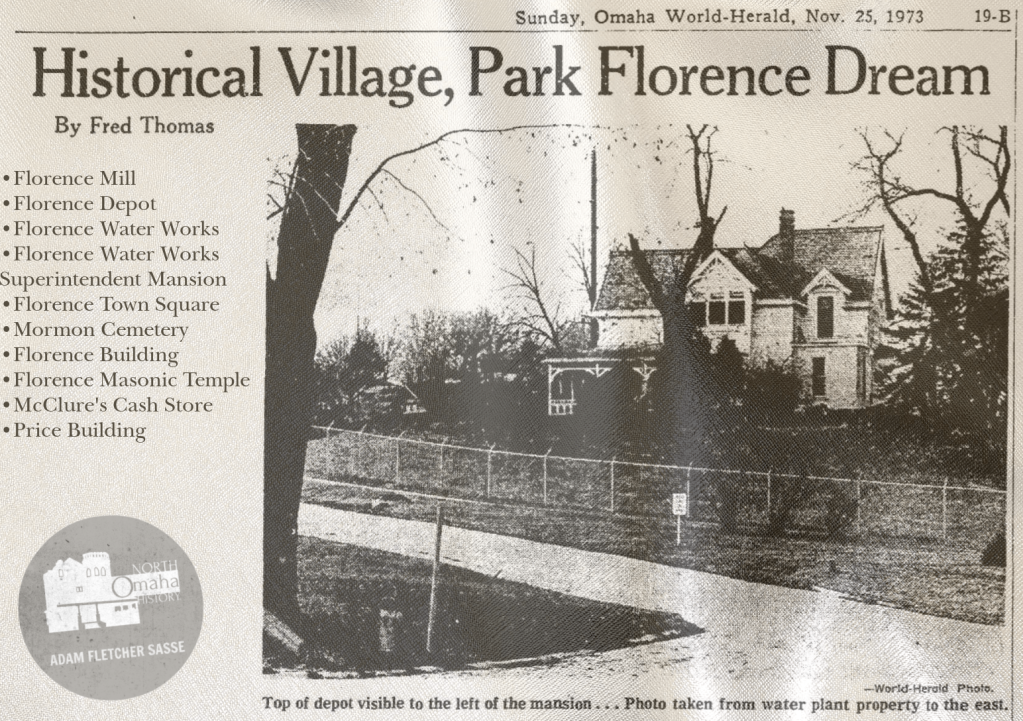
Leave a comment